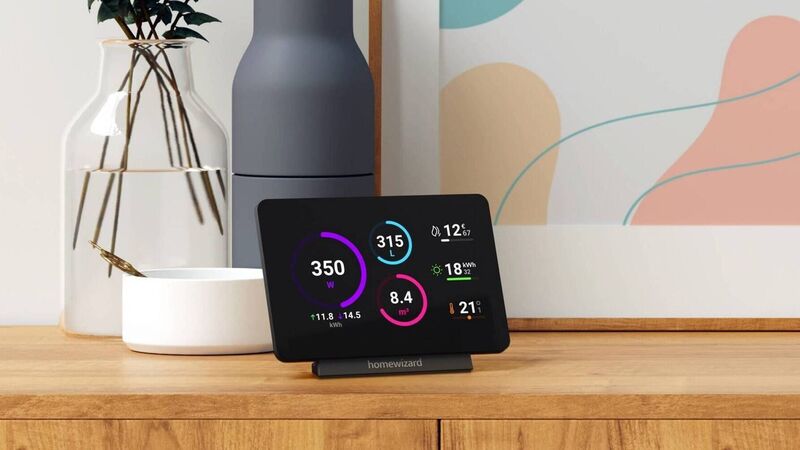How to use smart meters to save money on electricity

Energy monitors can give you a much clearer picture of where your energy is going. The Home Wizard It displays water, gas and electricity costs and/or temperature with a simple dashboard graphic. There's a free app, but if you want extras like solar consumption (if you have PV-solar) subscriptions are available, €59.95, Homewizard.com.













